Home>Gardening & Outdoor>Landscaping Ideas>Why Do They Put Sand On Grass
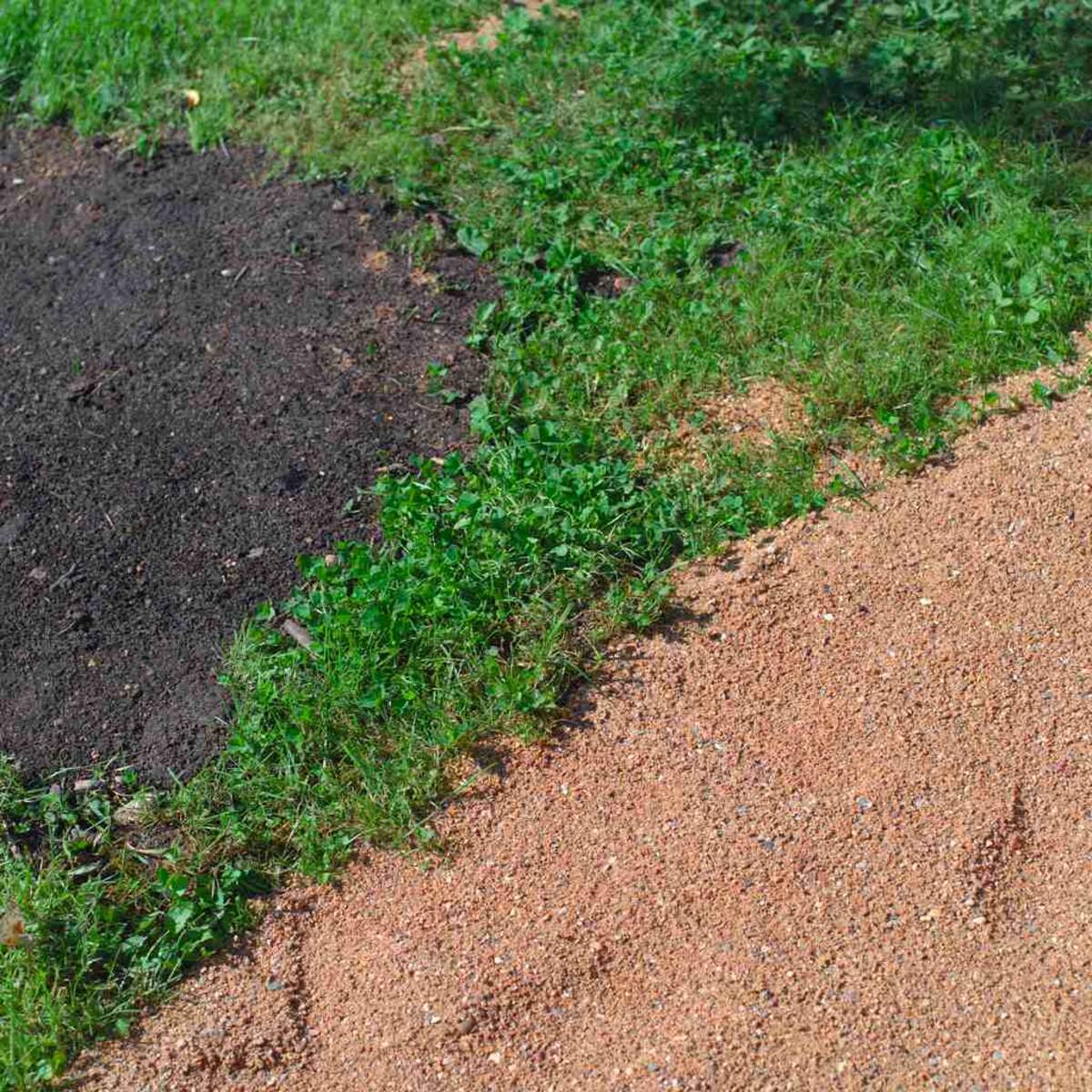

Landscaping Ideas
Why Do They Put Sand On Grass
Modified: January 30, 2024
Discover the purpose of sand on grass and get landscaping ideas to improve your outdoor space. Learn how this simple technique can enhance your lawn.
(Many of the links in this article redirect to a specific reviewed product. Your purchase of these products through affiliate links helps to generate commission for Storables.com, at no extra cost. Learn more)
**
Introduction
**
When strolling through a well-maintained park or gazing at a pristine golf course, have you ever wondered why there's sand spread across the lush green grass? It may seem counterintuitive at first, but the application of sand on grass serves a crucial purpose in the realm of landscaping and turf management. This seemingly unconventional practice has been employed by groundskeepers and landscape enthusiasts for a multitude of reasons, each contributing to the overall health and aesthetic appeal of the grass. In this comprehensive guide, we will delve into the intriguing world of sand on grass, uncovering its purpose, benefits, types, application techniques, and essential considerations. By unraveling the mysteries behind this common landscaping practice, you'll gain a deeper understanding of the intricate methods employed to maintain vibrant, resilient, and visually captivating grassy landscapes. So, let's embark on this enlightening journey to demystify the enigmatic relationship between sand and grass.
Key Takeaways:
- Sand on grass improves soil structure, promotes seed growth, and protects against wear, contributing to vibrant and resilient landscapes.
- Different types of sand, such as silica and limestone, offer unique benefits for grass, while application techniques like topdressing and aeration enhance turf health and aesthetics.
Read more: Why Do People Put Sand On Grass
Purpose of Sand on Grass
At first glance, the sight of sand on grass may prompt questions about its purpose. However, this seemingly incongruous combination serves several essential functions in the realm of landscaping and turf management. One of the primary purposes of applying sand on grass is to improve soil structure and drainage. In areas where the soil is compacted or has poor drainage, the incorporation of sand can enhance aeration and water percolation, preventing waterlogging and promoting optimal root growth. Additionally, sand aids in leveling uneven surfaces, mitigating the formation of puddles and ensuring uniformity across the grassy expanse.
Another vital purpose of sand on grass is its role in promoting seed germination and enhancing the establishment of new grass. By creating a conducive environment for seed growth, sand facilitates the germination process and provides a stable medium for the roots to develop. Moreover, the presence of sand can deter thatch buildup, a layer of dead grass and organic matter that accumulates on the soil surface. By preventing thatch, sand fosters a healthier environment for grass growth and minimizes the risk of disease and pest infestations.
Furthermore, sand acts as a protective layer for the grass, shielding it from excessive wear and tear. In high-traffic areas such as sports fields and recreational spaces, the application of sand helps to fortify the grass against compaction and abrasion, thereby prolonging its longevity and resilience. Additionally, sand can serve as a ballast for the grass, anchoring the roots and providing stability in windy conditions.
Understanding the multifaceted purpose of sand on grass illuminates the pivotal role it plays in nurturing vibrant, robust, and visually appealing turf. By addressing soil compaction, facilitating seed germination, preventing thatch accumulation, and fortifying the grass against wear, sand emerges as a versatile ally in the pursuit of lush and resilient landscapes.
Benefits of Sand on Grass
The application of sand on grass yields a myriad of benefits that contribute to the overall health, aesthetics, and resilience of the turf. One of the prominent advantages of incorporating sand is its capacity to improve soil structure and drainage. By enhancing soil aeration and permeability, sand fosters an environment conducive to robust root development and optimal nutrient uptake. This, in turn, bolsters the grass’s ability to withstand environmental stressors and promotes lush, vigorous growth.
Moreover, sand serves as a natural leveling agent, smoothing uneven surfaces and rectifying undulations in the terrain. This not only enhances the visual appeal of the grassy expanse but also minimizes the risk of water pooling, thereby averting potential waterlogging issues. Additionally, the leveling effect of sand contributes to a more uniform and consistent playing or recreational surface, enhancing the overall user experience.
Another notable benefit of sand on grass is its role in mitigating thatch accumulation. By preventing the buildup of organic debris and dead grass at the soil surface, sand helps to maintain a healthy growing environment for the grass. This reduction in thatch minimizes the risk of disease proliferation and pest infestations, fostering a resilient and vibrant turf that is better equipped to withstand environmental pressures.
Furthermore, the presence of sand on grass confers enhanced durability and wear tolerance, particularly in high-traffic areas. Sports fields, recreational spaces, and heavily frequented landscapes benefit from the protective layer provided by sand, which helps to fortify the grass against compaction and abrasion. This fortification not only prolongs the longevity of the grass but also ensures a more robust and resilient playing or recreational surface.
By comprehending the manifold benefits of sand on grass, ranging from soil improvement and leveling to thatch reduction and enhanced wear tolerance, it becomes evident that sand is a versatile ally in the pursuit of vibrant, resilient, and visually captivating turf.
Types of Sand Used on Grass
When it comes to incorporating sand on grass, various types of sand are employed, each with distinct characteristics and applications. One of the commonly utilized sands is silica sand, prized for its uniform particle size and excellent drainage properties. Silica sand is renowned for its ability to improve soil aeration and drainage, making it an ideal choice for addressing compaction and waterlogging issues. Its uniformity facilitates even distribution and promotes consistent soil permeability, fostering an environment conducive to healthy root development and vigorous grass growth.
Limestone sand is another prevalent option, valued for its ability to amend acidic soils and enhance nutrient availability. This type of sand is particularly beneficial in areas with acidic soil conditions, where it aids in neutralizing pH levels and promoting optimal nutrient uptake by the grass. Additionally, limestone sand contributes to soil structure improvement and assists in mitigating compaction, thereby fostering a more hospitable environment for robust root proliferation.
Topdressing sand is specifically formulated for the topdressing process, which involves applying a thin layer of sand over the grass to address thatch accumulation, promote seed germination, and facilitate surface leveling. This specialized sand is finely textured and meticulously screened to ensure uniformity, making it an ideal choice for enhancing the aesthetic appeal and resilience of the grassy expanse.
River sand is renowned for its natural composition and is often favored for its aesthetic appeal and landscaping versatility. While not as commonly used for sports turf or high-traffic areas, river sand finds applications in landscaping and ornamental grass installations, where its natural texture and color contribute to visually captivating outdoor environments.
By acquainting oneself with the diverse types of sand used on grass, one can make informed decisions regarding the most suitable sand for specific soil conditions, landscaping objectives, and turf enhancement endeavors.
Applying sand on grass helps improve drainage, reduce compaction, and promote healthy root growth. It also helps level the surface and prevent thatch buildup.
Application of Sand on Grass
The process of applying sand on grass encompasses various techniques tailored to address specific landscaping objectives and turf management goals. One of the primary methods is topdressing, which involves spreading a thin, uniform layer of sand over the grass surface. This technique serves multiple purposes, including mitigating thatch accumulation, promoting seed germination, and enhancing surface smoothness. Topdressing is commonly employed on sports fields, golf courses, and residential lawns to maintain optimal turf health and visual appeal.
For addressing soil compaction and drainage issues, aeration and sand incorporation offer an effective approach. This method involves perforating the soil with aeration equipment to alleviate compaction and enhance air and water movement within the root zone. Subsequently, sand is incorporated into the perforated soil, facilitating improved soil structure, aeration, and drainage. This technique is instrumental in rejuvenating compacted or poorly draining soils, fostering an environment conducive to robust root growth and grass vitality.
Overseeding with sand is another application technique that combines the benefits of seed germination facilitation and soil enhancement. By incorporating sand with grass seeds during overseeding, the sand provides a stable medium for seed germination, promotes seed-to-soil contact, and aids in leveling the surface. This approach is particularly valuable for revitalizing and thickening existing grass stands, rejuvenating bare patches, and establishing new grass in diverse landscaping settings.
Sand-based root zone construction is a specialized application method prevalent in sports turf and golf course construction. This technique involves engineering sand-based root zones tailored to optimize drainage, aeration, and root development. By meticulously layering specific sand types and soil amendments, this approach creates an ideal growing medium for grass, ensuring superior playing surfaces and turf resilience.
Understanding the diverse application techniques for sand on grass empowers landscape enthusiasts, groundskeepers, and turf managers to leverage this versatile material effectively, fostering vibrant, resilient, and visually captivating grassy landscapes.
Read more: What Kind Of Sand To Put On Grass
Considerations for Using Sand on Grass
While the application of sand on grass offers a multitude of benefits, several considerations warrant attention to ensure optimal outcomes and sustainable turf management practices. Understanding these considerations is pivotal for harnessing the potential of sand in nurturing vibrant, resilient, and visually captivating grassy landscapes.
Soil Composition and Drainage: Prior to incorporating sand, assessing the existing soil composition and drainage characteristics is essential. Different soil types may exhibit varying responses to sand application, and understanding the soil’s permeability, structure, and nutrient-holding capacity is crucial for determining the appropriate type and quantity of sand to use.
Grass Species and Environmental Conditions: Consideration of the grass species and prevailing environmental conditions is imperative when incorporating sand on grass. Certain grass varieties may respond differently to sand application, and factors such as sunlight exposure, rainfall patterns, and temperature fluctuations can influence the efficacy of sand in promoting healthy turf growth.
Application Timing and Frequency: Determining the optimal timing and frequency of sand application is a critical consideration. Seasonal variations, grass growth cycles, and specific turf management objectives should inform the scheduling of sand incorporation to maximize its benefits without disrupting the grass’s natural development and regenerative processes.
Compatibility with Other Maintenance Practices: Integrating sand application with other turf maintenance practices, such as fertilization, irrigation, and pest control, necessitates careful consideration. Harmonizing sand incorporation with existing maintenance routines ensures synergistic outcomes and prevents potential conflicts that may compromise turf health and aesthetics.
Environmental Impact and Sustainability: Assessing the environmental impact of sand application and prioritizing sustainable practices are essential considerations. Minimizing the potential for sand runoff, erosion, and ecological disruption fosters responsible turf management and aligns with ecological stewardship principles.
By conscientiously addressing these considerations, landscape enthusiasts, groundskeepers, and turf managers can harness the transformative potential of sand on grass while promoting the longevity, vitality, and visual allure of grassy landscapes.
Conclusion
Embarking on the enlightening journey to demystify the enigmatic relationship between sand and grass has unveiled the profound significance of this common landscaping practice. From its diverse applications to its multifaceted benefits, sand emerges as a versatile ally in the pursuit of vibrant, resilient, and visually captivating grassy landscapes.
The purpose of sand on grass extends far beyond mere aesthetics, encompassing crucial functions such as soil improvement, seed germination facilitation, and wear tolerance enhancement. By addressing soil compaction, promoting healthy root development, and mitigating thatch accumulation, sand plays a pivotal role in nurturing robust, lush, and visually appealing turf.
Understanding the various types of sand used on grass, from silica sand to limestone sand, empowers landscape enthusiasts and turf managers to make informed decisions tailored to specific soil conditions and landscaping objectives. Each type of sand brings unique characteristics and applications, enriching the repertoire of tools available for fostering optimal turf health and resilience.
The diverse application techniques for sand on grass, ranging from topdressing and aeration to overseeding and specialized root zone construction, offer nuanced approaches to addressing soil and turf management challenges. By leveraging these techniques effectively, landscape enthusiasts and groundskeepers can cultivate thriving, resilient, and visually captivating grassy landscapes.
Moreover, conscientiously considering factors such as soil composition, grass species, application timing, and environmental impact is instrumental in ensuring the judicious and sustainable use of sand on grass. By integrating these considerations into turf management practices, landscape enthusiasts and turf managers can harness the transformative potential of sand while upholding ecological stewardship principles.
In essence, the enigmatic presence of sand on grass is a testament to the intricate interplay between nature and human intervention, where a seemingly unconventional practice yields profound benefits for the vitality, resilience, and visual allure of grassy landscapes. By unraveling the mysteries behind this practice, we gain a deeper appreciation for the art and science of turf management, enriching our understanding of the profound mechanisms that underpin the verdant tapestries we admire and cherish.
Frequently Asked Questions about Why Do They Put Sand On Grass
Was this page helpful?
At Storables.com, we guarantee accurate and reliable information. Our content, validated by Expert Board Contributors, is crafted following stringent Editorial Policies. We're committed to providing you with well-researched, expert-backed insights for all your informational needs.
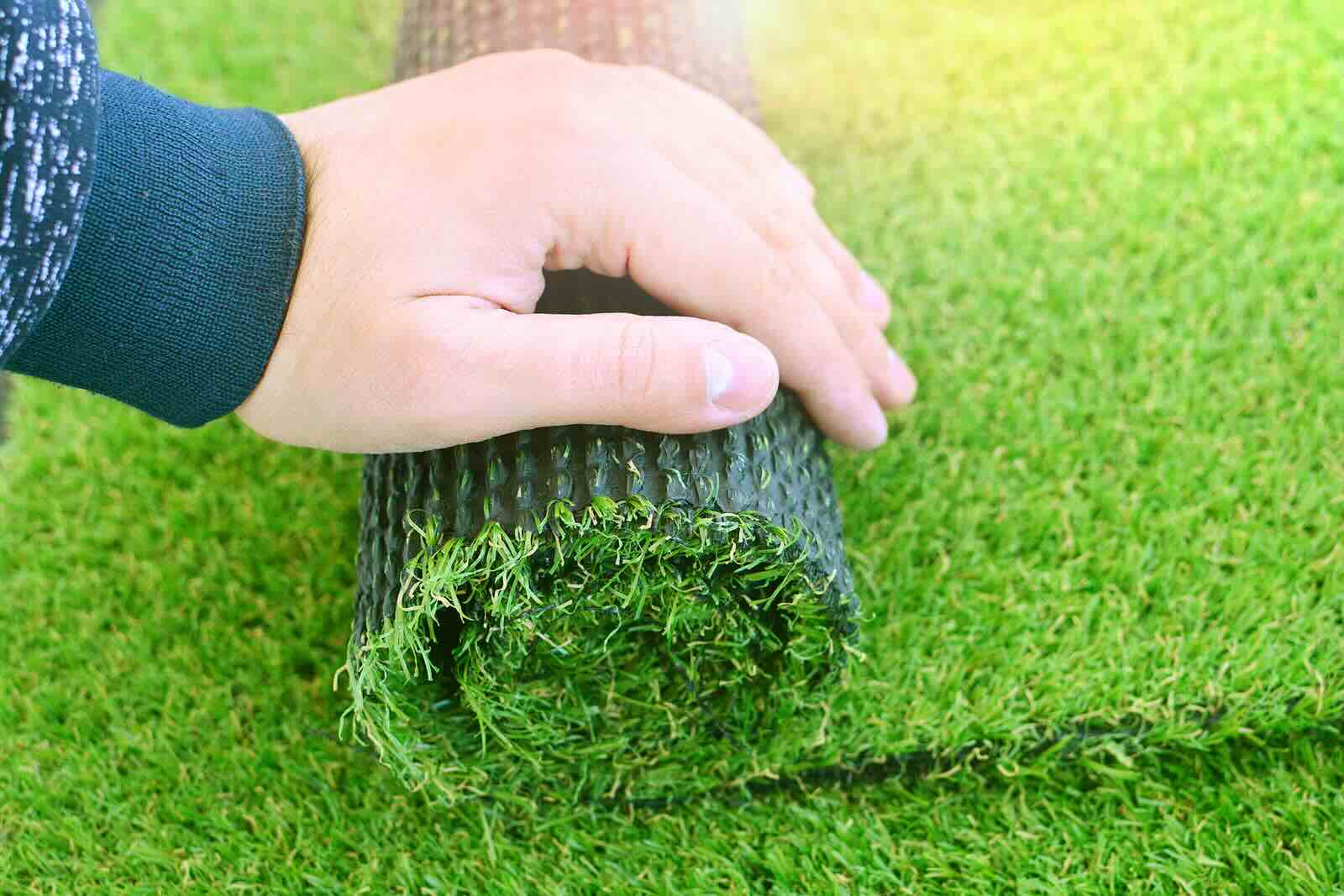
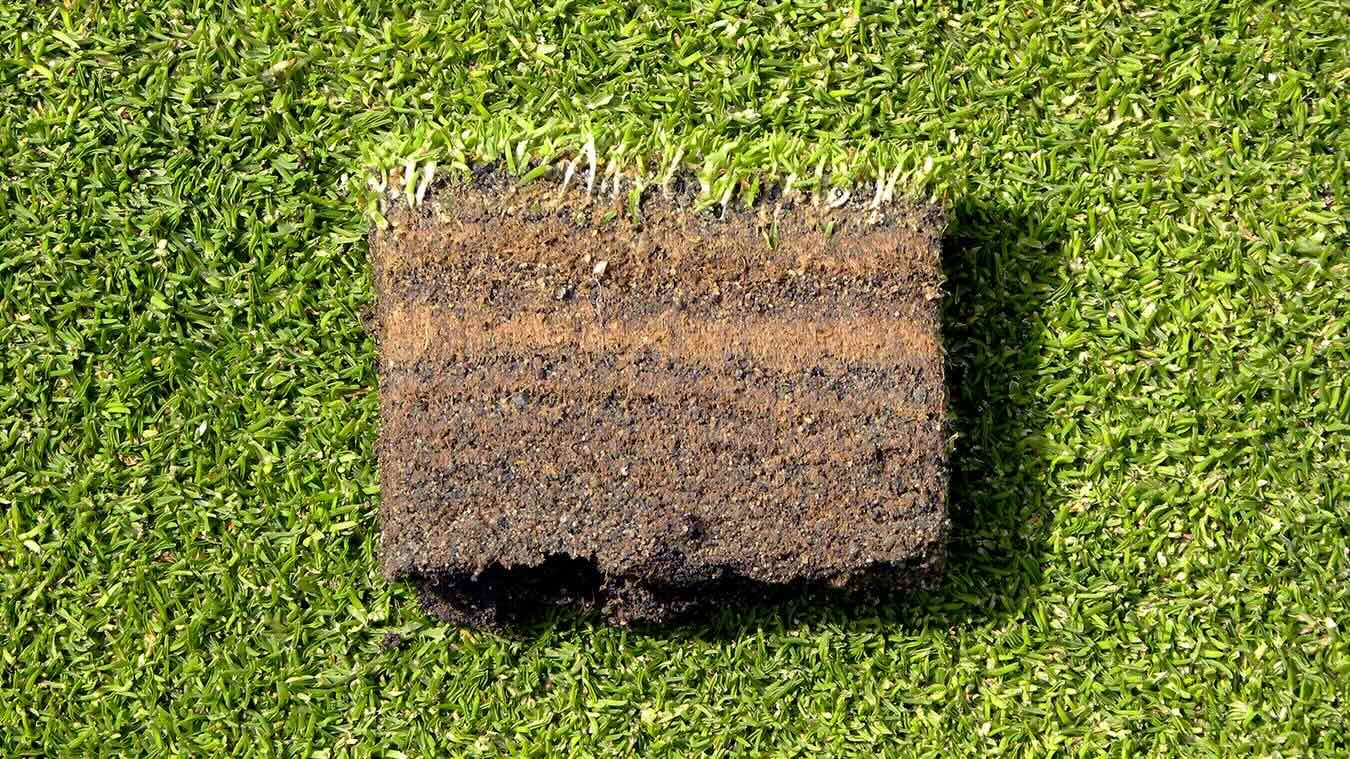
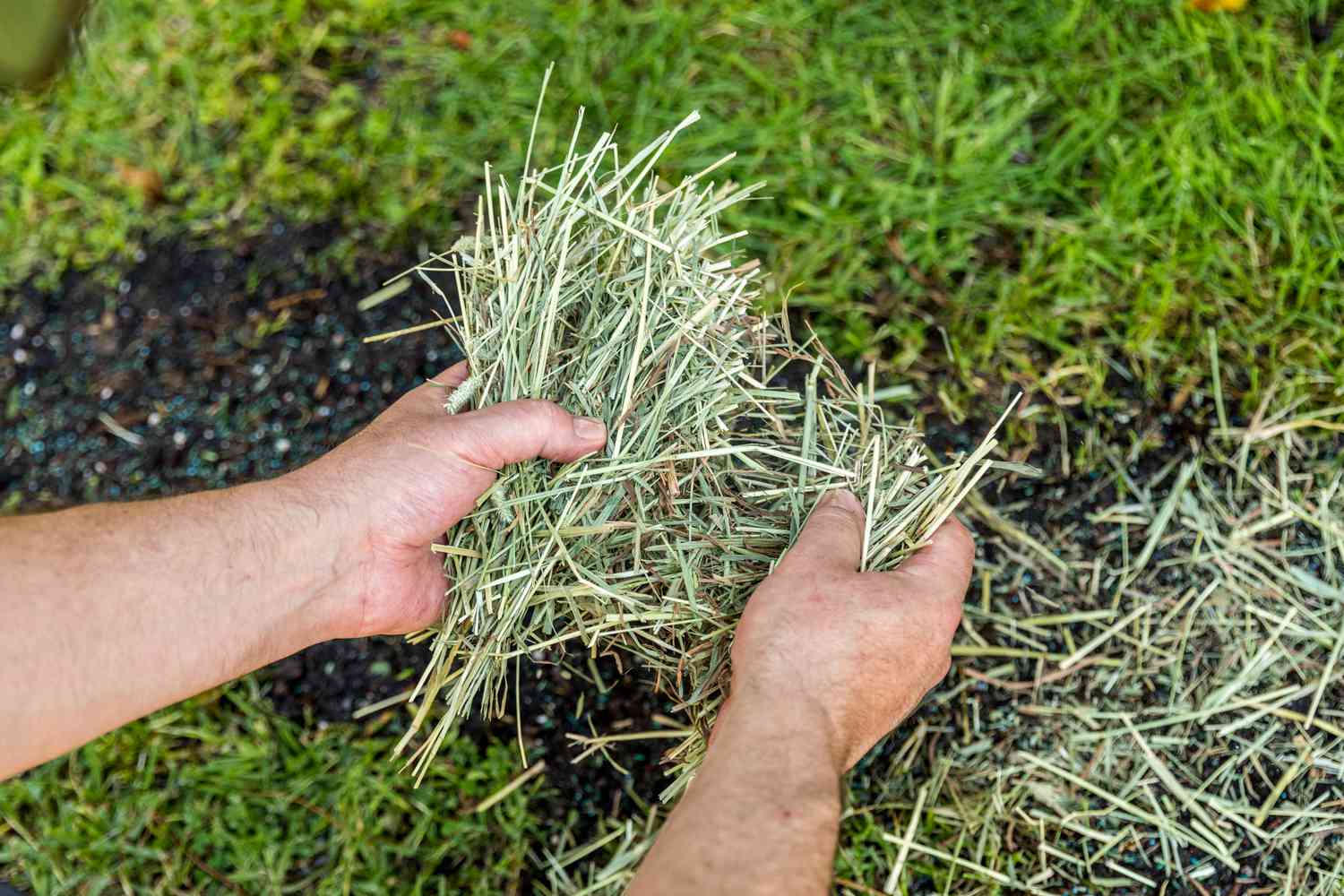
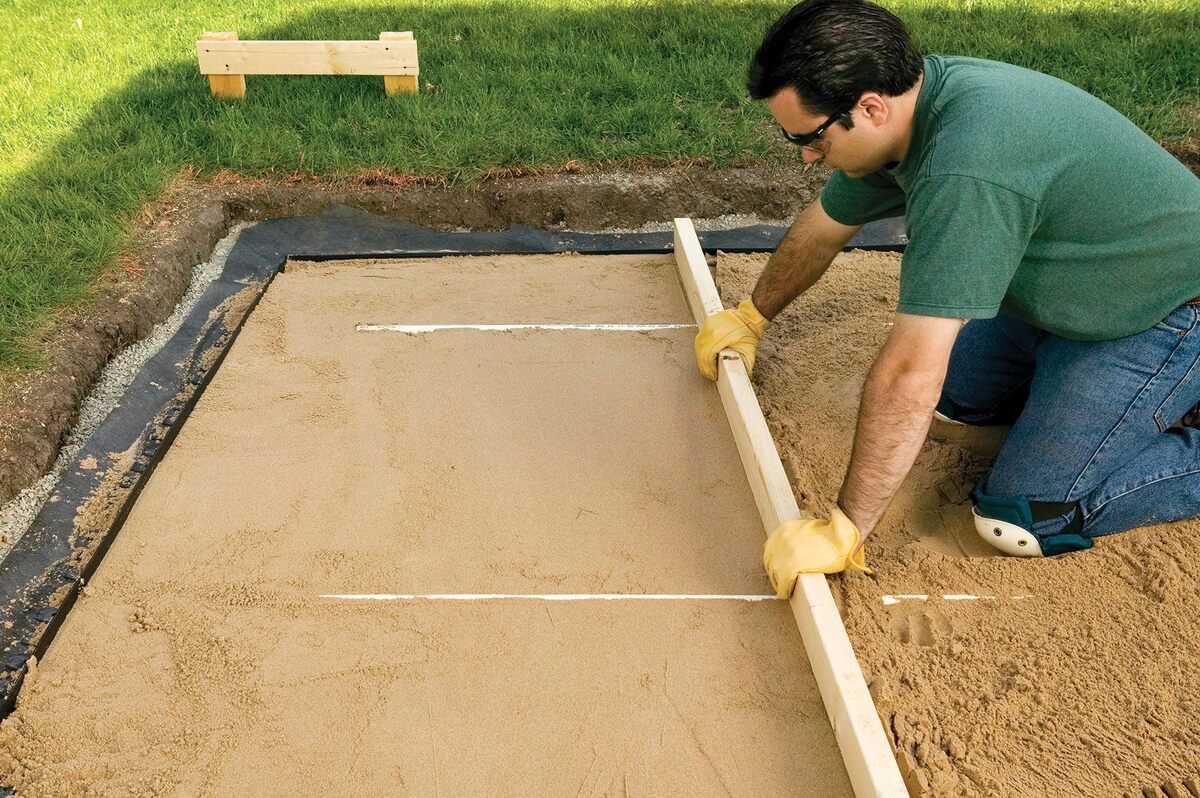
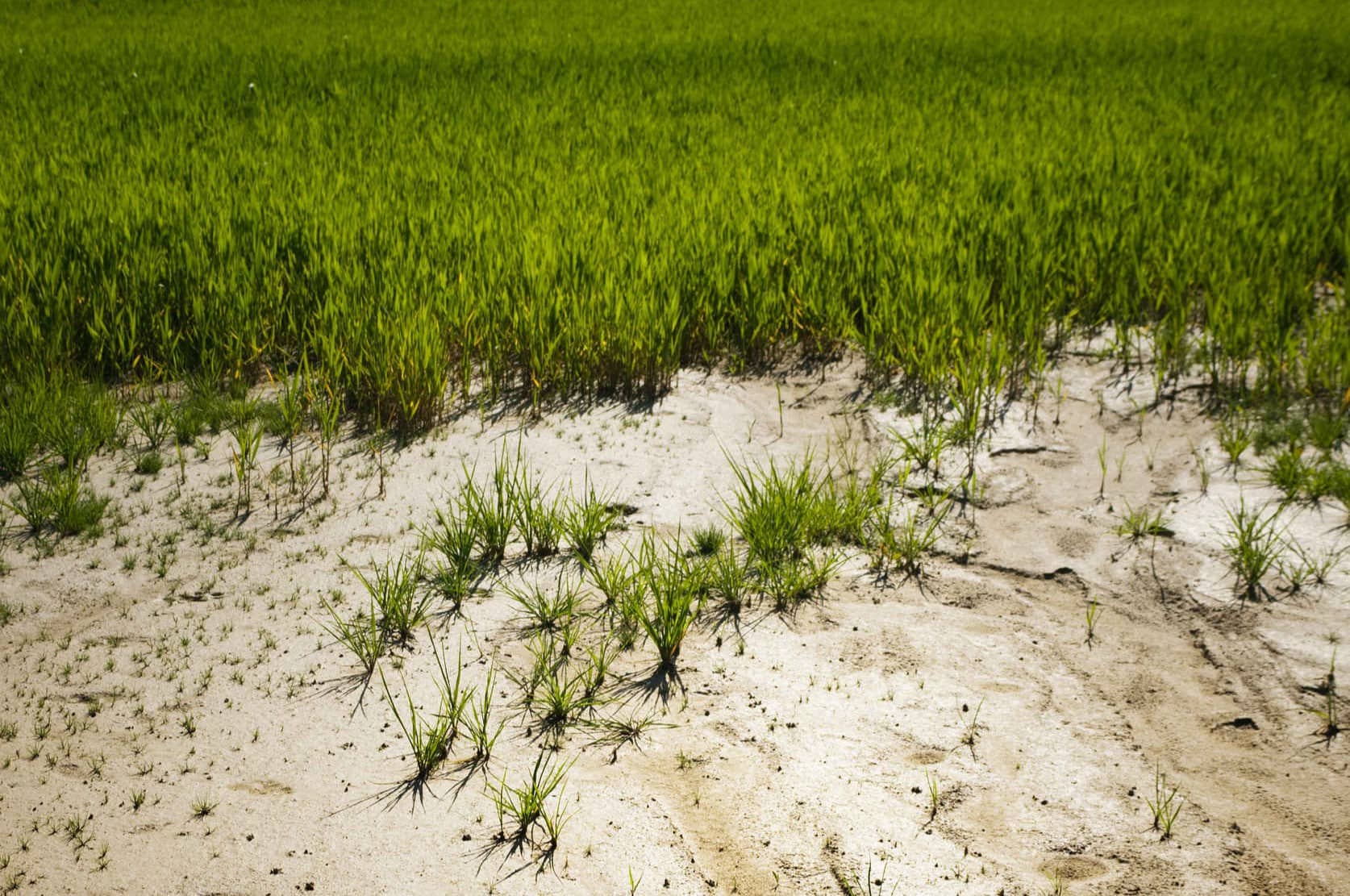
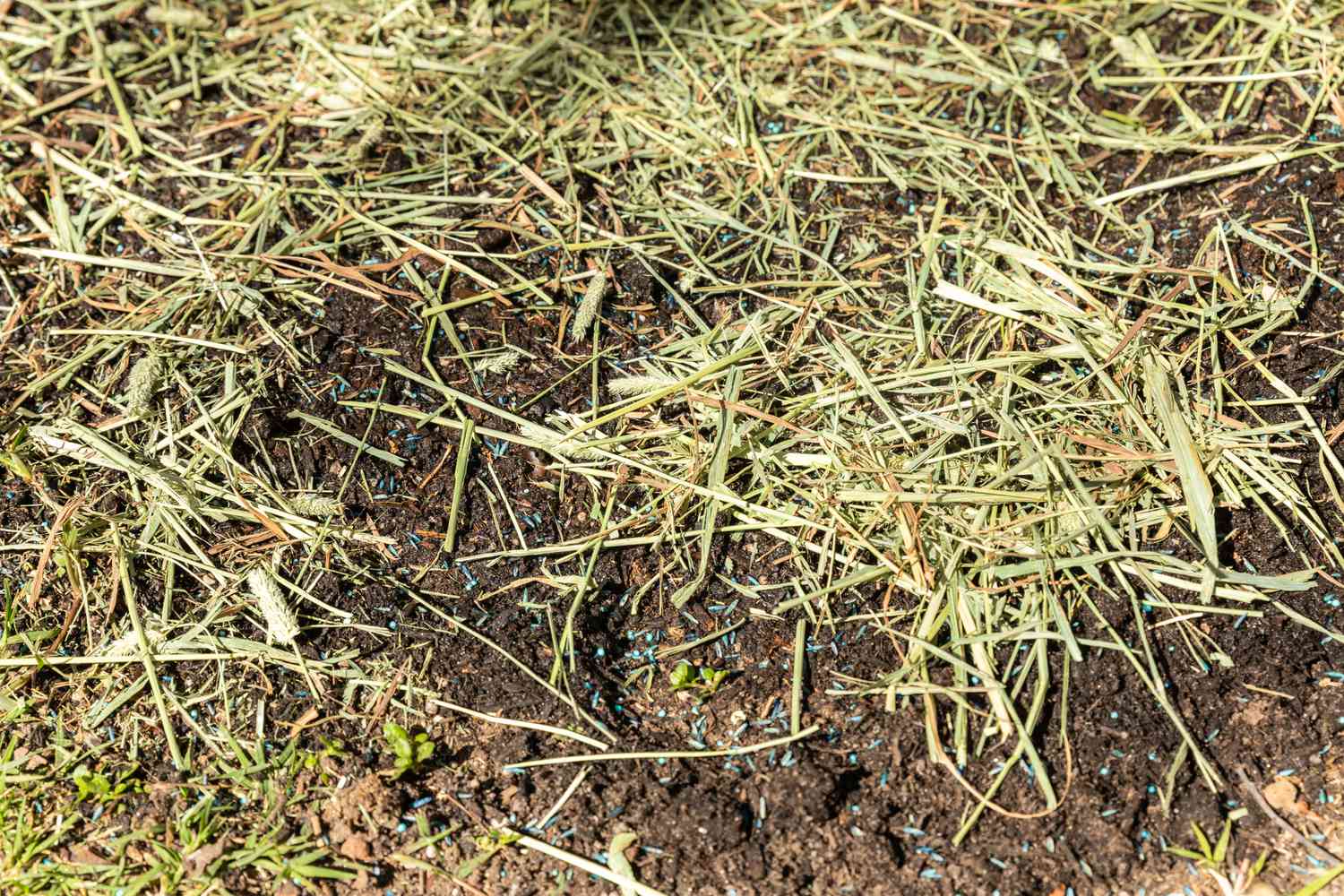
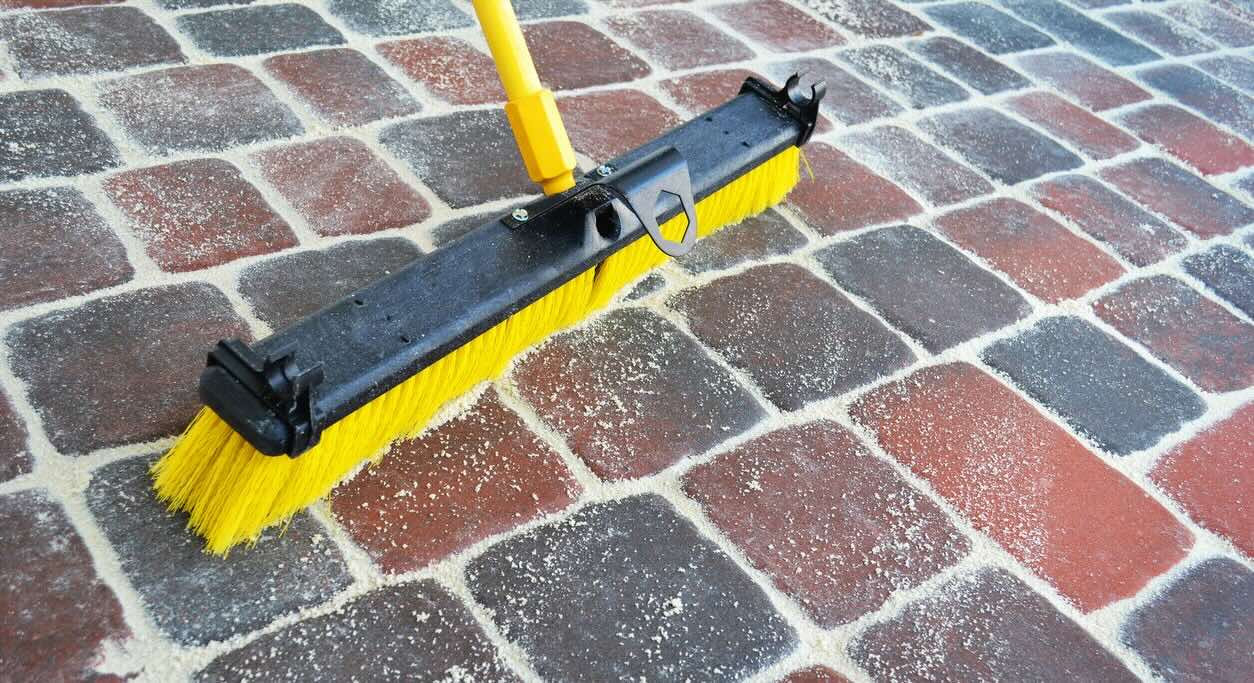

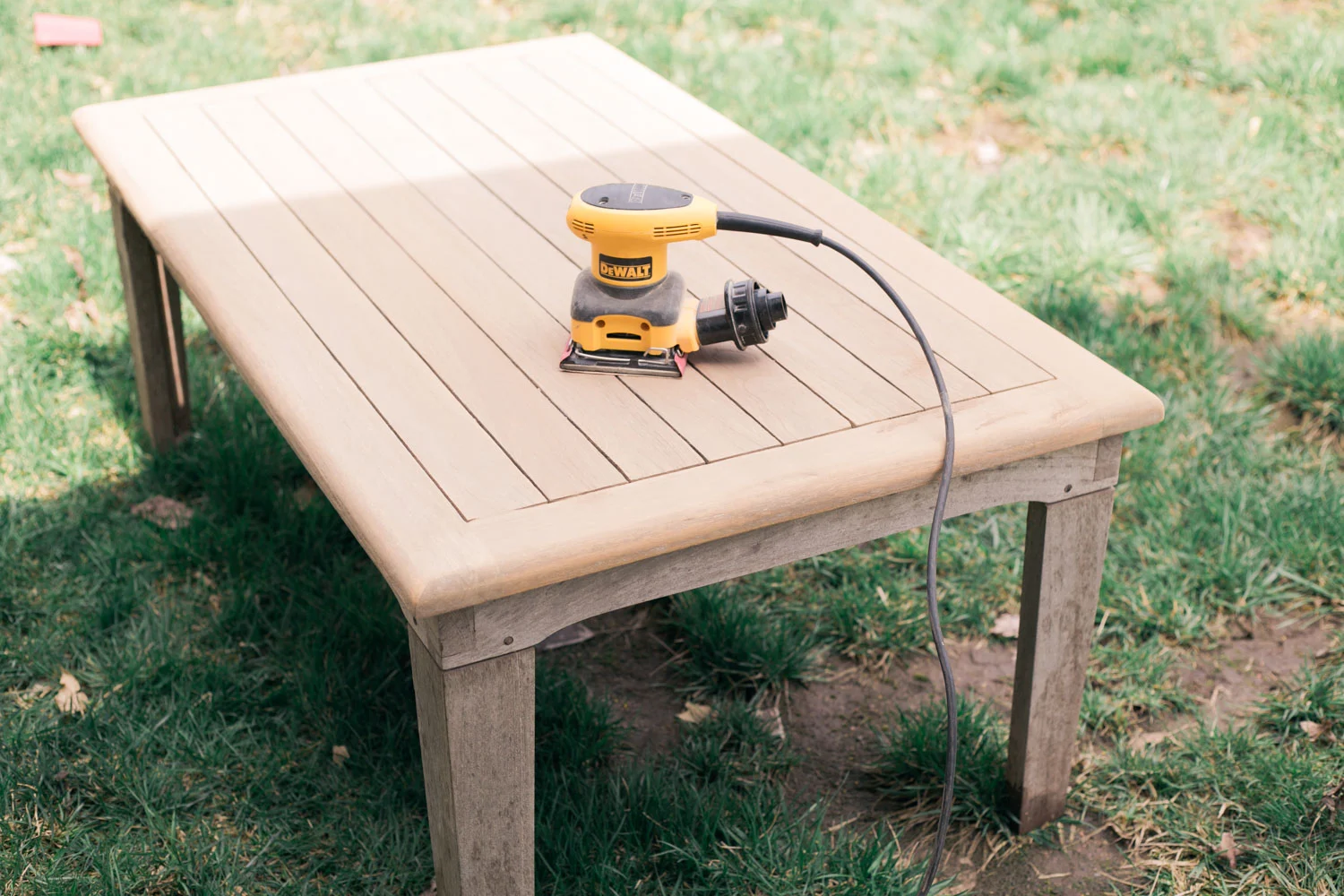


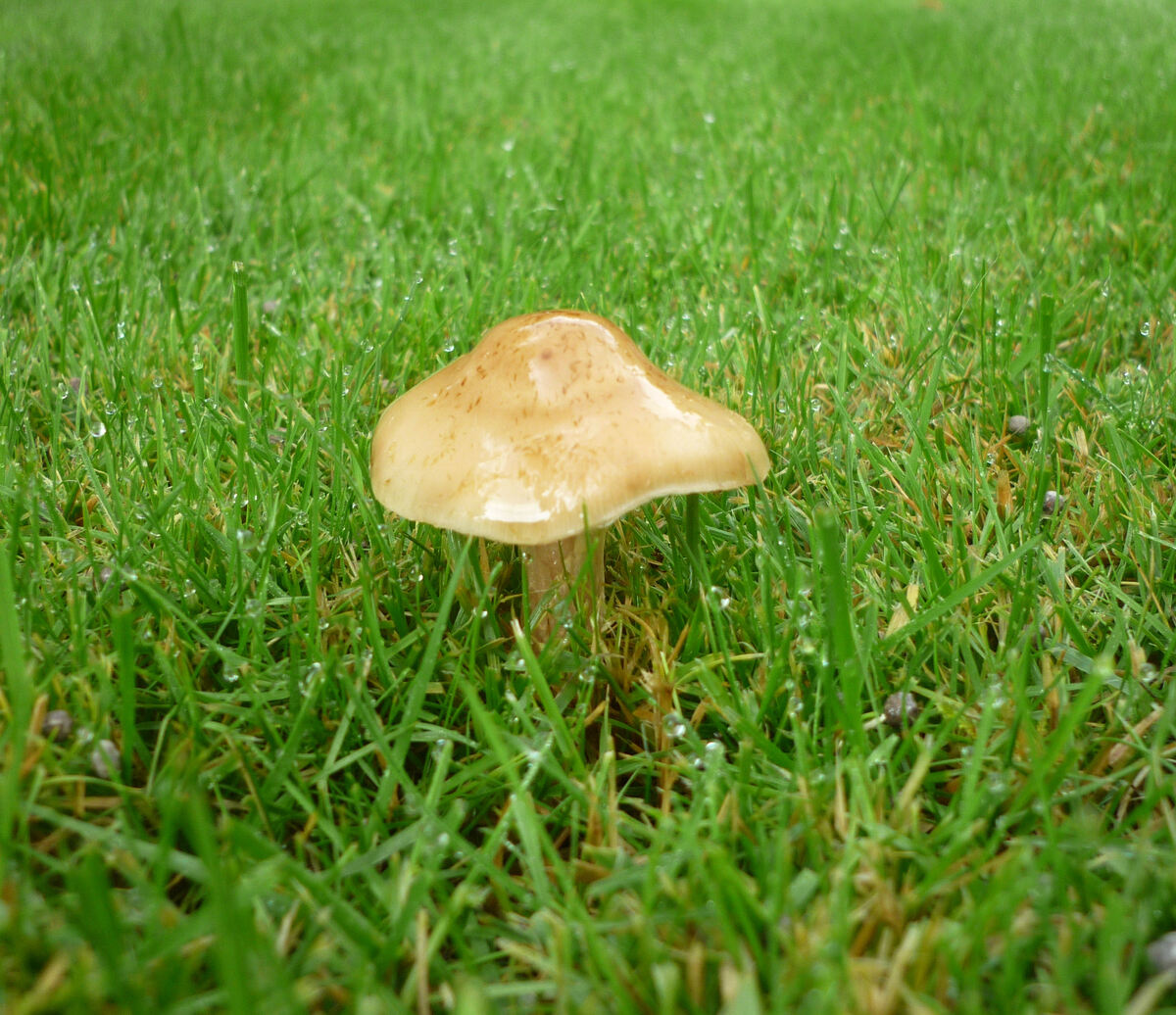



0 thoughts on “Why Do They Put Sand On Grass”